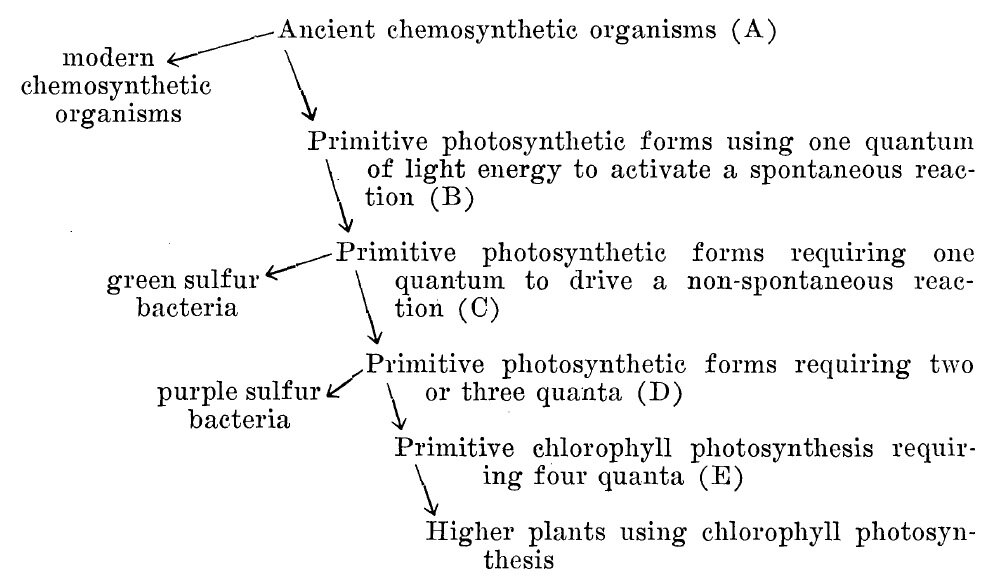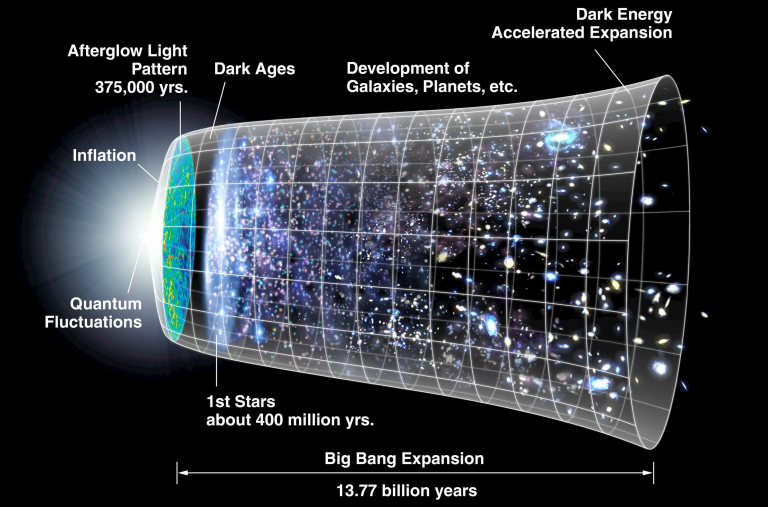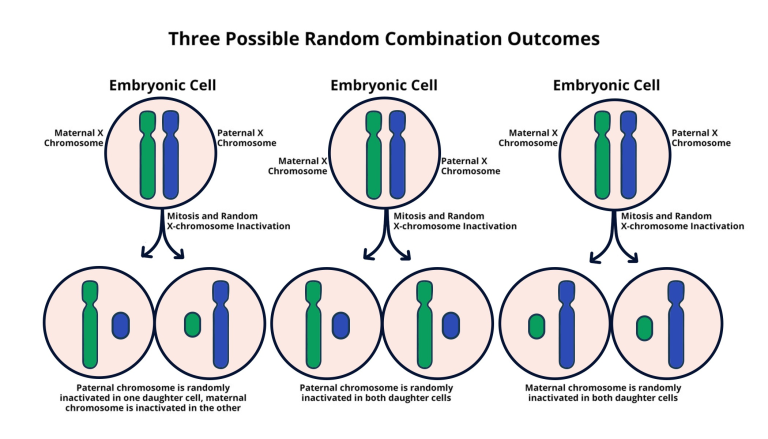The evolution of photosynthesis is a fascinating journey that traces back billions of years, marking a pivotal moment in Earth’s history. It was during the Great Oxidation Event, approximately 2.4 billion years ago, that cyanobacteria began to unleash oxygen as a byproduct of photosynthesis, fundamentally altering the planet’s atmosphere. This rise in oxygen production not only laid the foundation for aerobic metabolism—where organisms use oxygen to convert nutrients into energy—but also introduced new biochemical dynamics, highlighting the interplay between photosynthesis and respiration. Recent discoveries, such as the identification of methyl-plastoquinone, have provided new insights into this evolutionary process, suggesting that certain bacteria may have been capable of utilizing oxygen even before the significant oxygen production began. The implications of these findings challenge our understanding of the sequential development of life forms, revealing a more complex relationship between oxygen producers and consumers in the primordial world.
The advancement of photosynthetic mechanisms represents a crucial evolutionary milestone for life on Earth. Known as the photosynthetic revolution, this transformation enabled organisms to harness solar energy, converting it into chemical fuel while producing oxygen as a vital byproduct. This oxygenation of the atmosphere set the stage for aerobic life forms to thrive, as they evolved to metabolize oxygen efficiently. Recent discoveries in molecular biology, particularly with molecules like methyl-plastoquinone, have cast new light on the ancient dynamics between oxygen-producing cyanobacteria and other bacteria capable of using oxygen, showcasing an intricate web of biological interactions. The fundamental processes of photosynthesis and respiration intertwine, profoundly influencing the evolution of diverse life forms and the complexity of their ecosystems.
The Evolution of Photosynthesis: A Pivotal Moment in Earth’s History
The evolution of photosynthesis marks one of the most significant transitions in Earth’s history, fundamentally altering the composition of the atmosphere and paving the way for aerobic life forms. This process began with the emergence of cyanobacteria, approximately 2.3 billion years ago, during what scientists now refer to as the Great Oxidation Event. As these organisms discovered how to harness sunlight to convert carbon dioxide and water into glucose, they simultaneously released oxygen into the atmosphere, significantly increasing oxygen levels and enabling the development of aerobic metabolism in other life forms.
Moreover, the leap that photosynthesis provided was not merely about oxygen production; it birthed a new ecosystem where life forms could utilize oxygen efficiently, transforming energy production pathways. This anaerobic-to-aerobic transition changed how life adapted and evolved, giving rise to complex organisms. The biochemistry involved in photosynthesis continues to be refined over billions of years, showcasing the remarkable adaptability of life in harnessing this potent energy source.
Aerobic Metabolism: The Oxygen-Consuming Counterpart
Aerobic metabolism evolved as life forms began to exploit the rising levels of oxygen produced by photosynthetic organisms. This process involves the conversion of glucose into energy using oxygen, resulting in carbon dioxide and water as byproducts. The efficiency of aerobic metabolism far exceeds that of anaerobic processes, allowing for larger, more complex organisms to thrive. Understanding how these metabolic pathways evolved alongside photosynthesis is essential for grasping the complexities of life on Earth.
The intricate interplay between photosynthesis and aerobic metabolism highlights the dependence of one process on the other. The rise in atmospheric oxygen permitted organisms to harness this energy for growth and sustenance, leading to evolutionary advancements that shaped the biodiversity we witness today. As research continues to explore these connections, it uncovers the biochemical mechanisms and evolutionary strategies that have allowed life to flourish, underscoring the intricate relationship between oxygen production and consumption.
The Role of Methyl-Plastoquinone: A Molecular Bridge
The discovery of methyl-plastoquinone is pivotal for understanding the biochemical connections between photosynthesis and aerobic metabolism. Initially found in a nitrogen-utilizing bacterium, this molecule acts as a possible missing link that foreshadows the evolutionary journey from anaerobic bacteria to oxygen-utilizing organisms. Its existence indicates that, even before the Great Oxidation Event, some bacteria possessed the biochemical tools necessary to utilize oxygen, suggesting a concurrency of both processes in evolution, rather than a linear progression.
By exploring the role of methyl-plastoquinone, researchers can better understand how metabolic processes adapted over time. This molecule exemplifies the transitional forms found throughout evolutionary history, reflecting how life forms modified their biochemistry to accommodate changing environmental conditions. As such, this research sheds light not only on the evolution of photosynthesis but also on how life organized itself around the utilization of oxygen and the mechanisms that support aerobic metabolism.
Great Oxidation Event: Catalyst for Change
The Great Oxidation Event represents a monumental shift in Earth’s atmospheric chemistry, primarily driven by the photosynthetic capabilities of cyanobacteria. As these organisms proliferated, oxygen levels surged, leading to a radical transformation of the planet’s ecology. This transition invited a host of aerobic organisms to evolve, which relied on oxygen for respiration and energy production, significantly enhancing the complexity and diversity of life.
However, this event was not without consequence. The increase in oxygen levels also brought about oxidative stress, which could be harmful to organisms that had not yet evolved the means to cope with it. Understanding the Great Oxidation Event helps researchers grasp the delicate balance between oxygen-producing and oxygen-consuming life forms, illustrating the bidirectional influence of photosynthesis and aerobic metabolism in shaping life on Earth.
The Interconnection of Photosynthesis and Respiration
Photosynthesis and respiration coexist in a remarkable balance that defines much of life on Earth. While photosynthesis captures and stores energy in the form of glucose, respiration releases this stored energy through oxidative processes. Together, these two biochemical pathways create a cycle of energy transformation that sustains ecosystems, from the simplest bacteria to complex multicellular organisms.
Exploring the interdependence of photosynthesis and respiration allows scientists to appreciate how life has adapted over millennia. As aerobic organisms evolved to utilize the oxygen produced by photosynthesis, new forms of life emerged, leading to an explosion of biodiversity. This synergy between oxygen production and consumption is a testament to the intricate relationships that sustain life, reinforcing the importance of understanding both processes in evolutionary biology.
How Quinones Influence Metabolic Processes
Quinones play an essential role in various metabolic processes in all forms of life, including photosynthetic and respiratory pathways. These molecules act as electron carriers, facilitating the transfer of energy within cells. In plants, quinones are integral to photosynthesis, helping to convert light energy into chemical energy. In contrast, animals utilize different forms of quinones in the mitochondrial electron transport chain, vital for aerobic respiration.
The innovative discovery of methyl-plastoquinone adds complexity to our understanding of quinone structures across different organisms. This peculiar finding demonstrates how evolutionary adaptations can lead to the emergence of different quinone types suited for specific metabolic functions, bridging the gap between anaerobic and aerobic life forms. By studying these molecular elements, researchers can gain insights into the evolutionary adaptations that have allowed life to efficiently utilize oxygen.
The Future of Research on Photosynthesis and Aerobic Metabolism
As research progresses, the interplay between photosynthesis and aerobic metabolism promises to unveil more secrets about life’s evolution. Understanding how these processes co-evolved can lead to advances in various fields, including biotechnology and environmental science. By decoding the biochemical pathways and adaptations linked to these metabolic processes, scientists can find ways to optimize photosynthesis for sustainable food production and even carbon capture technologies.
Moreover, further investigation into the unique characteristics of molecules like methyl-plastoquinone can potentially unlock novel approaches to enhance energy efficiency in biological systems. The implications of such research extend beyond academia, impacting agriculture, energy conservation, and strategies to combat climate change. Overall, the study of the evolution of photosynthesis and aerobic metabolism stands as a vibrant field ripe for exploration, bridging the past with future innovations.
The Importance of Oxygen in Biochemical Reactions
Oxygen serves as a vital element in many biochemical reactions, acting as a crucial cofactor in aerobic respiration. This process enables organisms to break down glucose more efficiently than anaerobic processes, yielding higher energy outputs vital for sustaining complex life forms. Understanding how oxygen is utilized by different pathways provides significant insights into metabolic efficiency and evolutionary adaptations.
In addition, the reactive nature of oxygen can lead to the production of harmful byproducts, emphasizing the necessity for life to develop sophisticated mechanisms to manage oxidative stress. By investigating these biochemical reactions, researchers can unravel the complexities of cellular metabolism and its evolutionary significance, offering pathways toward improving health and longevity in a variety of organisms.
The Co-adaptation of Life Forms During the Transition to Aerobic Metabolism
The transition to aerobic metabolism involved not just the evolution of photosynthesis but also a series of co-adaptations across various life forms. As oxygen levels increased, organisms began developing antioxidant defenses to protect against the potential damage from reactive oxygen species. This adaptive response showcases nature’s resilience and ability to conform through evolutionary pressures.
Furthermore, this interplay between organisms led to emerging symbiotic relationships, where aerobic bacteria and other life forms could cohabit, utilizing oxygen more efficiently. Understanding these transitional phases and co-adaptations gives us a clearer picture of how life diversified and adapted to the pulsating rhythms of Earth’s changing atmosphere, ultimately leading to the rich tapestry of biodiversity we observe today.
Frequently Asked Questions
How did the evolution of photosynthesis contribute to the Great Oxidation Event?
The evolution of photosynthesis, particularly through the activity of cyanobacteria, was pivotal during the Great Oxidation Event (approximately 2.3 to 2.4 billion years ago). By producing oxygen as a byproduct of photosynthesis, these organisms dramatically increased atmospheric oxygen levels, which allowed for the development of aerobic metabolism in other life forms, paving the way for complex life.
What is the relationship between photosynthesis and aerobic metabolism in terms of evolutionary development?
The relationship between photosynthesis and aerobic metabolism is central to understanding evolutionary biology. Photosynthesis, which produces oxygen, is generally believed to have evolved before aerobic metabolism. However, recent research suggests that some bacteria might have utilized oxygen even before photosynthesis became widespread, proposing that both processes may have co-evolved.
What role does methyl-plastoquinone play in understanding the evolution of photosynthesis?
Methyl-plastoquinone, a type of quinone discovered in certain bacteria, serves as a significant clue in unraveling the evolution of photosynthesis. This molecule bridges features of both photosynthesis and aerobic respiration, indicating a possible ancestral link that could shed light on how early life forms processed oxygen, hinting that the evolution of photosynthesis and aerobic metabolism might have occurred simultaneously.
Why is oxygen production by photosynthesis crucial for life on Earth?
Oxygen production by photosynthesis is crucial because it supports aerobic metabolism, which most complex life forms depend on for energy production. As cyanobacteria began to produce significant amounts of oxygen about 2.4 billion years ago, they transformed Earth’s atmosphere, enabling organisms to evolve mechanisms for utilizing oxygen efficiently, ultimately leading to the diversification of life.
What is the significance of the term ‘Great Oxidation Event’ in relation to the evolution of photosynthesis?
The Great Oxidation Event is significant because it marks the era when photosynthesis led to substantial increases in atmospheric oxygen, resulting from the activity of cyanobacteria. This event set the stage for the evolution of aerobic metabolism, facilitating a major shift in the types of life that could thrive on Earth, highlighting the profound impact of photosynthesis on the planet’s biological history.
How do quinones relate to both photosynthesis and respiration?
Quinones are essential molecules that participate in electron transport during both photosynthesis and respiration. They exist in different forms suited for each process; for instance, some quinones are used by plants during photosynthesis, while others are involved in aerobic metabolism in animals. Understanding these structures helps unravel the evolutionary interconnections between these vital biological processes.
Can the evolution of photosynthesis explain the biochemical adaptations seen in living organisms today?
Yes, the evolution of photosynthesis can explain many biochemical adaptations in modern organisms. For instance, the structural diversity of quinones within cells showcases evolutionary changes that allowed organisms to harness oxygen safely. These adaptations are rooted in the early stages of photosynthesis and the adoption of aerobic metabolism, reflecting a deep connection to our biochemical heritage.
What does the discovery of methyl-plastoquinone tell us about early microbial life and the evolution of photosynthesis?
The discovery of methyl-plastoquinone indicates that early microbial life had complex biochemical pathways capable of processing oxygen even before cyanobacteria significantly contributed to atmospheric oxygen through photosynthesis. This finding suggests a more intricate evolutionary timeline where oxygen production and consumption were interdependent, challenging traditional views on the sequence of these evolutionary milestones.
| Key Point | Description |
|---|---|
| Study Overview | A study by Felix Elling and colleagues at Harvard University aims to determine whether photosynthesis or aerobic metabolism evolved first. |
| Key Discovery | The researchers found methyl-plastoquinone, a molecule indicating a relationship between photosynthesis and oxygen respiration in bacteria. |
| Oxygen’s Role | Oxygen production by photosynthesis and its consumption by aerobic metabolism are interconnected processes essential for life. |
| Great Oxidation Event | A significant period 2.3 to 2.4 billion years ago marked when cyanobacteria began to produce oxygen. |
| Evolutionary Implication | The discovery suggests that the ability to utilize oxygen predated significant production by cyanobacteria, contributing to both processes’ simultaneous evolution. |
| Biosynthetic Functions | Quinones, including methyl-plastoquinone, are vital in the metabolic functions of all life forms, showing evolutionary ties. |
| Research Significance | This work highlights the biochemical adaptations necessary for aerobic life and the evolutionary timeline of life on Earth. |
Summary
The evolution of photosynthesis is a critical topic in understanding the history of life on Earth. Recent findings suggest that both the capability to produce oxygen through photosynthesis and the ability to consume it via aerobic metabolism evolved concurrently, challenging the traditional ‘which came first’ narrative. This groundbreaking research uncovers methyl-plastoquinone, a key molecule that connects these processes, indicating that early forms of life had already adapted to utilize oxygen before cyanobacteria produced it in substantial amounts. These insights not only reshape our comprehension of the evolutionary timeline but also underscore the complexity and sophistication of biochemical systems that have allowed life to thrive.





